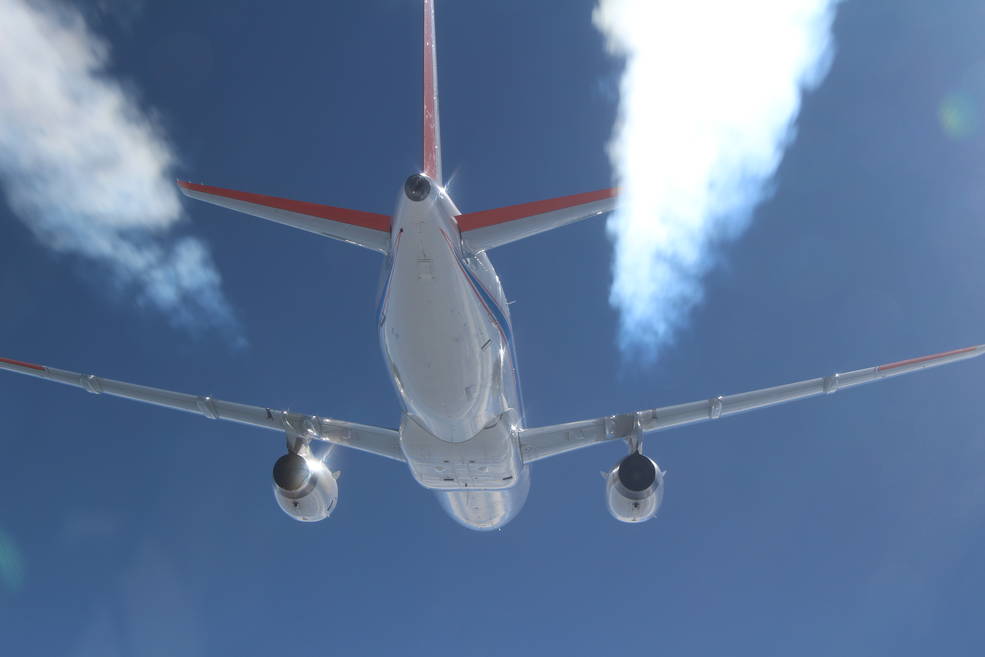
EBRD extends $ 21.3 m loan to Red Sea wind energy farm in Egypt
The European Bank for Reconstruction and Development (EBRD) is supporting the development and sustainability of ...

Testing the use of Google AI-based predictions helped pilots to reduce climate-impacting contrails by 54%. This is the first proof point that commercial flights can verifiably avoid contrails and thereby reduce their climate effect.
Google Research teamed up with American Airlines and Breakthrough Energy to bring together huge amounts of data — like satellite imagery, weather and flight path data — and used AI to develop contrail forecast maps to test if pilots can choose routes that avoid creating contrails.
A group of pilots at American flew 70 test flights over six months while using Google’s AI-based predictions, cross-referenced with Breakthrough Energy’s open-source contrail models, to avoid altitudes that are likely to create contrails — the thin, white lines you sometimes see behind airplanes.
The 2022 IPCC report noted that clouds created by contrails account for roughly 35% of aviation’s global warming impact, over half the impact of the world’s jet fuel.
Contrails form when airplanes fly through layers of humidity and they can persist as cirrus clouds for minutes or hours depending on the atmospheric conditions. While these extra clouds can reflect sunlight back into space during the day, they also trap large amounts of heat that would otherwise leave the Earth’s atmosphere. This creates a net warming effect. Avoiding flying through areas that create contrails can reduce warming. The challenge is knowing which flight routes will create contrails.
The other significant finding of our test with American is the flights that attempted to avoid creating contrails burned 2% additional fuel. Recent studies show that a small percentage of flights need to be adjusted to avoid the majority of contrail warming. Therefore, the total fuel impact could be as low as 0.3% across an airline’s flights.
This suggests that contrails could be avoided at scale for around $5-25/ton CO2e (carbon dioxide equivalent) using our existing predictions, making it a cost-effective warming-reduction measure, and further improvements are expected.
Contrail avoidance has the potential to be a cost-effective, scalable solution to reduce the climate impact of flying. We will continue research and development to automate avoidance, target the highest impact contrails and improve satellite-based verification. We’re committed to working across the aviation industry to use AI to make contrail avoidance a reality over the coming years.
The European Bank for Reconstruction and Development (EBRD) is supporting the development and sustainability of ...
The Food and Agriculture Organization of the United Nations (FAO), in partnership with the Azerbaijan ...
About 18 new green shipping corridor initiatives emerged worldwide in the last year alone – ...


اترك تعليقا